Designing for Service and Space
The living experience at a residence is a product of the available amenities and the environment accompanying the residence. This means that for developers, designing spaces and services in living spaces goes hand-in-hand: Designing for space involves being aware of and creating a specific mood or vibe when a resident steps into a space. Meanwhile, designing for services is about meeting the everyday needs of its inhabitants. So what are the considerations when developing for space and service? The three use cases below exemplify how this can be done:
Use Case #1: Coordinating Colors and Functions
Space design in broader terms refers to the surroundings that set the stage for the human interactions that follow; it considers factors such as floor space, acoustics, temperature, lighting and color schemes of the building.
Lighting and materials coupled with color schemes set the ambience of the activities and intended functions of the living space. Dark palettes create a moody and subdued ambience whereas brighter or softer colors, materials and lighting create a more calming or radiant setting. Red, for instance, is associated with raising energy levels in a room. Orange evokes excitement and enthusiasm. Meanwhile, blue creates a soothing atmosphere.
Colors can also amplify or subdue the physical dimensions of a room. A room can seem more spacious with lighter colors, or smaller and cozier with darker shades.
How does this tie in with service design? If you are catering to an elite audience who values privacy and discretion, you might think about selecting dark, warm colors and dim lighting and heavy curtains to set the mood. If you are catering to families with young children, you’ll want to pair amenity areas with bright natural lighting into the space, accentuated by bright colors. If you are planning for a fitness center or children’s playrooms, think strong, bold colors like orange. To create peaceful oases in spas and bathrooms, go for neutral, earthy colors reminiscent of sky, water, and sand.
Use Case #2: Incorporating Creative Wayfinding
Wayfinding is the means for people to use in navigating a space or in orienting to a physical place - it enables users to know where they are, find out where they need to go, and have access to other useful information.
Beyond what is essential and legally required in terms of wayfinding signage, developers can think about wayfinding in terms of the total service experience. They can also introduce innovative and creative elements to make it easier - and more enjoyable - for residents and visitors to locate rooms and amenities.
For instance, wayfinding is much more than just identification and directional - that is, labeling rooms and providing directional arrows. There are also informational signages that can not only offer useful information (such as about Wi-Fi details) but also provide entertaining or inspiring nuggets.
For instance, all over public buildings in the UK, you’ll spot “blue plaques” marking specific locations that famous people lived or frequented - from the house of the James Bond creator to the favorite local pub of C.S. Lewis. Or, a well known initiative in the hospitality industry is signage placed in bathrooms that encourage guests to reuse their towels to help conserve water and the environment.
Regardless of how you choose to approach your signages, it’s worth thinking about them with care, from a service-oriented perspective. This provides an opportunity to send a strong message about the creativity, culture, and brand identity of a building right from the moment a person walks in.
Use Case #3: Digitalizing Amenity Services
Modern buildings are now increasingly equipped with advanced sensors and digitized systems that enable a host of new functionalities that can be manually configured and autonomously run. These new systems create safer spaces and make necessities more conveniently accessible, freeing up more time for inhabitants.
Additionally, the COVID-19 pandemic has put in place many new measures to minimize physical contact that will likely take hold in building practices moving forward. Automatic sliding security doors that are accessible by ID cards; automatic soap, sanitizer, bidets and hand dryers; as well as automated temperature and motion-triggered lighting are examples of digital solutions likely to become ubiquitous in all buildings in the future.
Beyond automation within a space, such tech-enabled convenience can also be extended to the services that happen in that space. Many people already have their hands full juggling between professional and personal commitments, and can benefit from help when it comes to more mundane obligations - like cleaning, grocery shopping and so on.
This was the thinking that sparked URBN Playground’s concierge app. Beyond services that offer convenience for housekeeping services, laundry, and grocery shopping, the app also offers convenient booking of fitness classes, personal training, amenity space bookings, dog walking and pet sitting, and hair and beauty services to residents.
Bringing Spaces and Services Together
Creating a comfortable and safe living space for residents involves a synergy between designing for space and services. With the modernization of technology as well as innovation in architecture, residential spaces can benefit from marrying your approach to space design with your approach to service design. This will allow you to not only design visually-creative spaces but also functional ones, in which services operate in harmony, seamlessly. This harmony is what will set you apart from competitors in creating value to customers.
